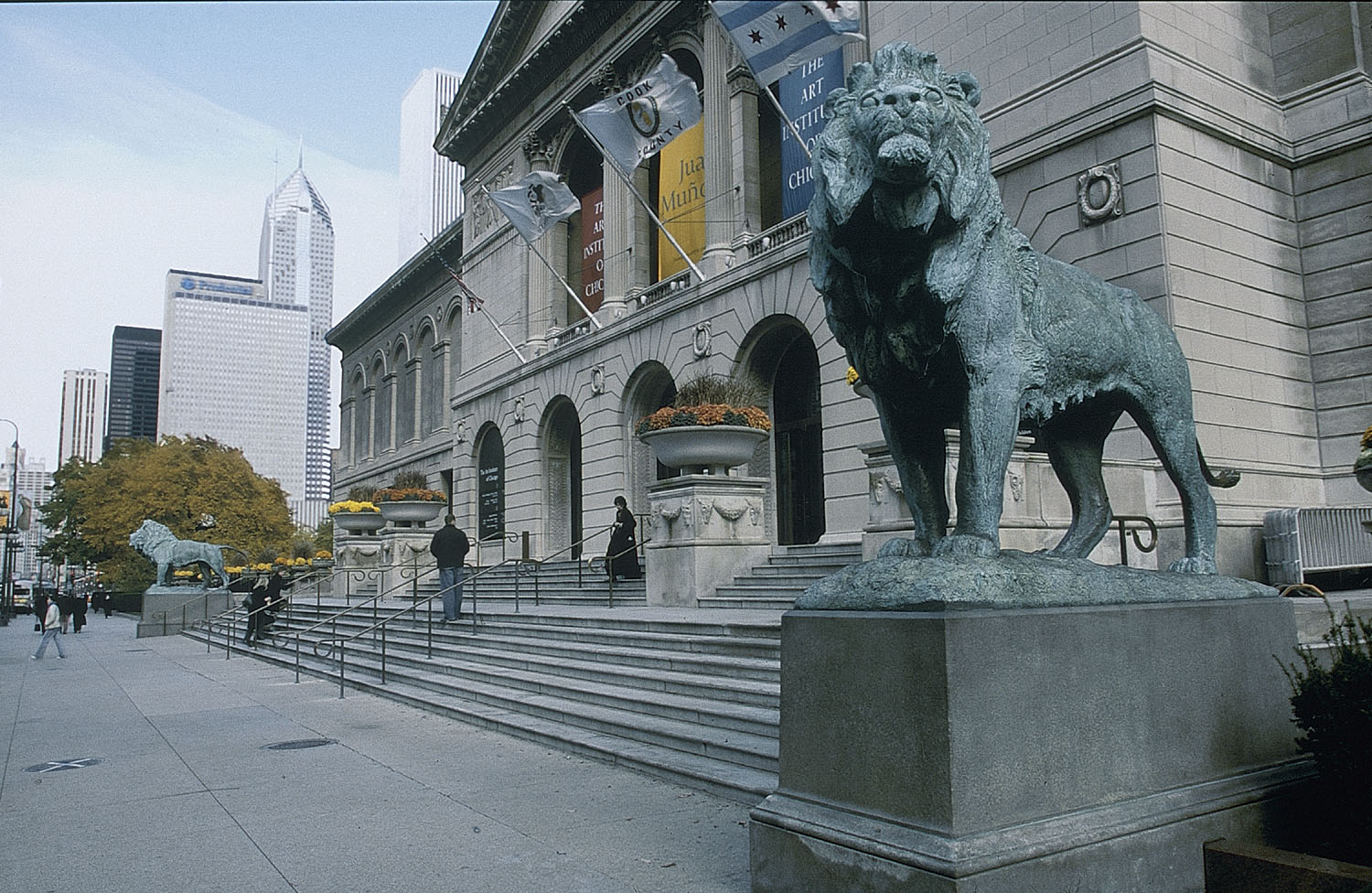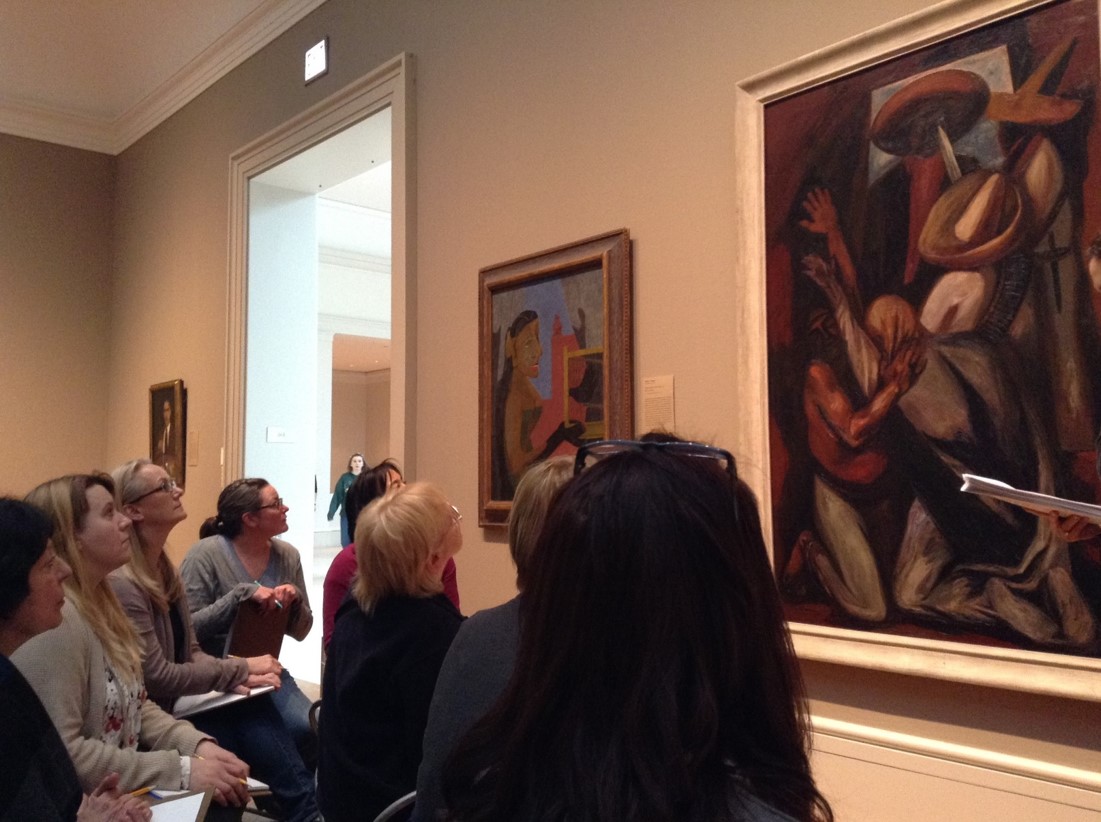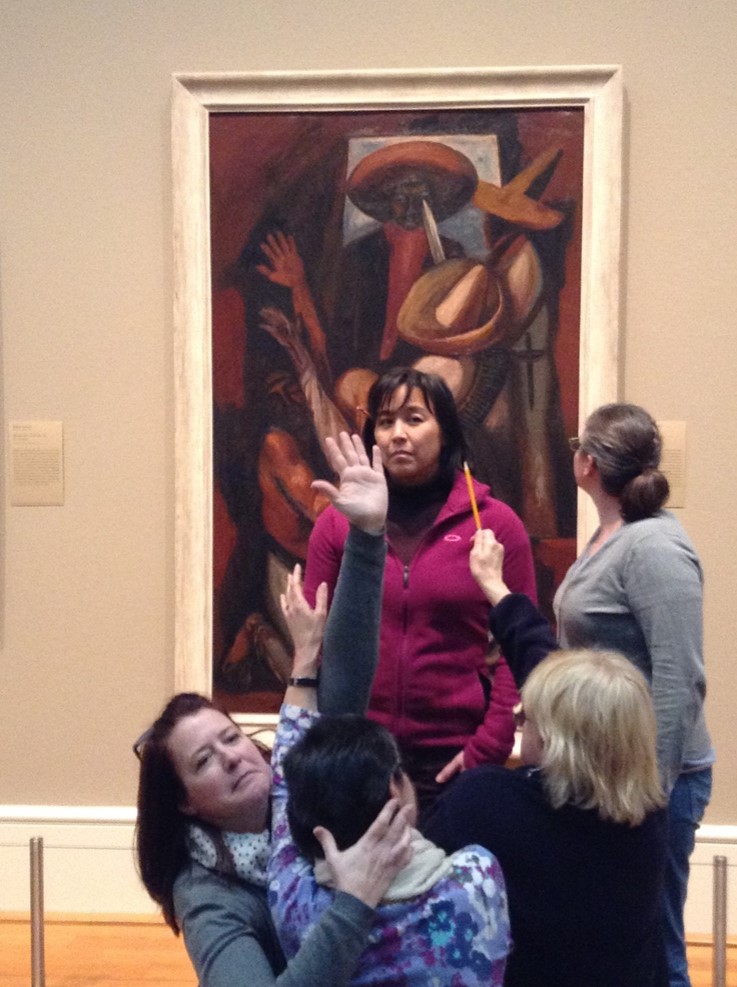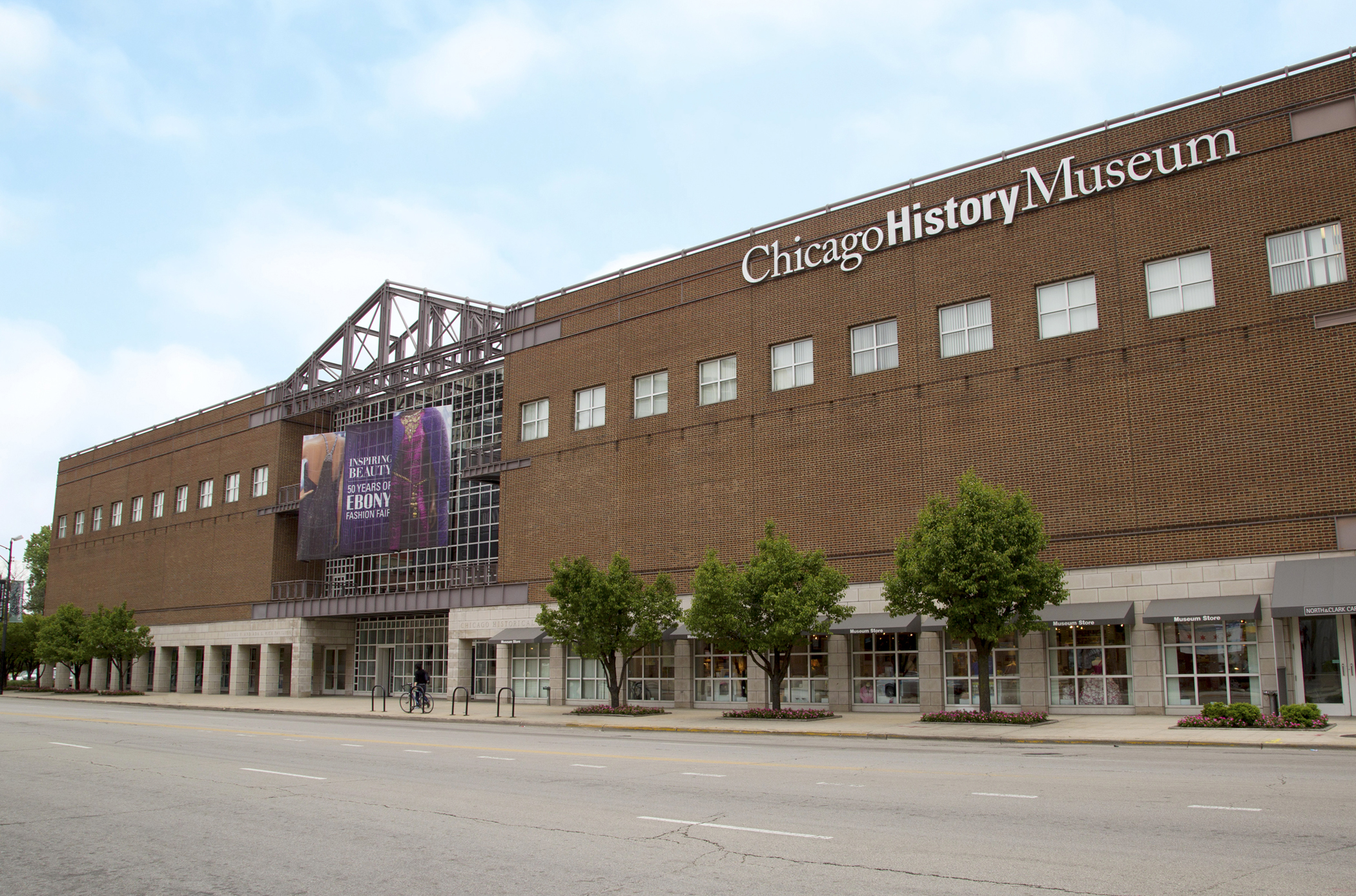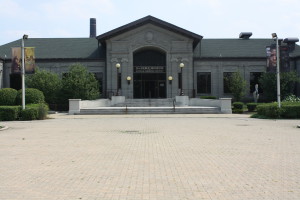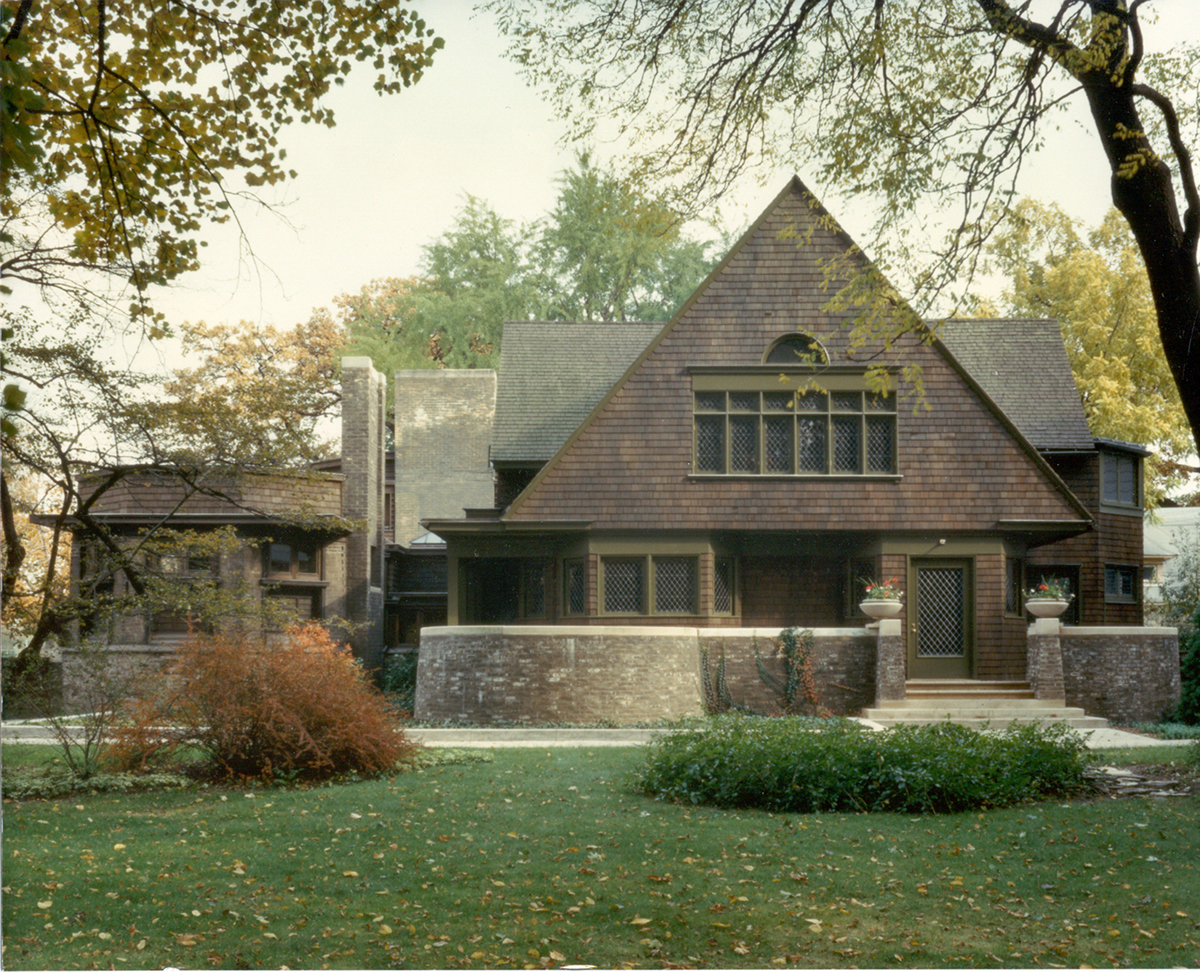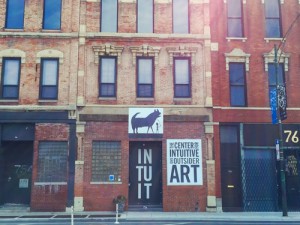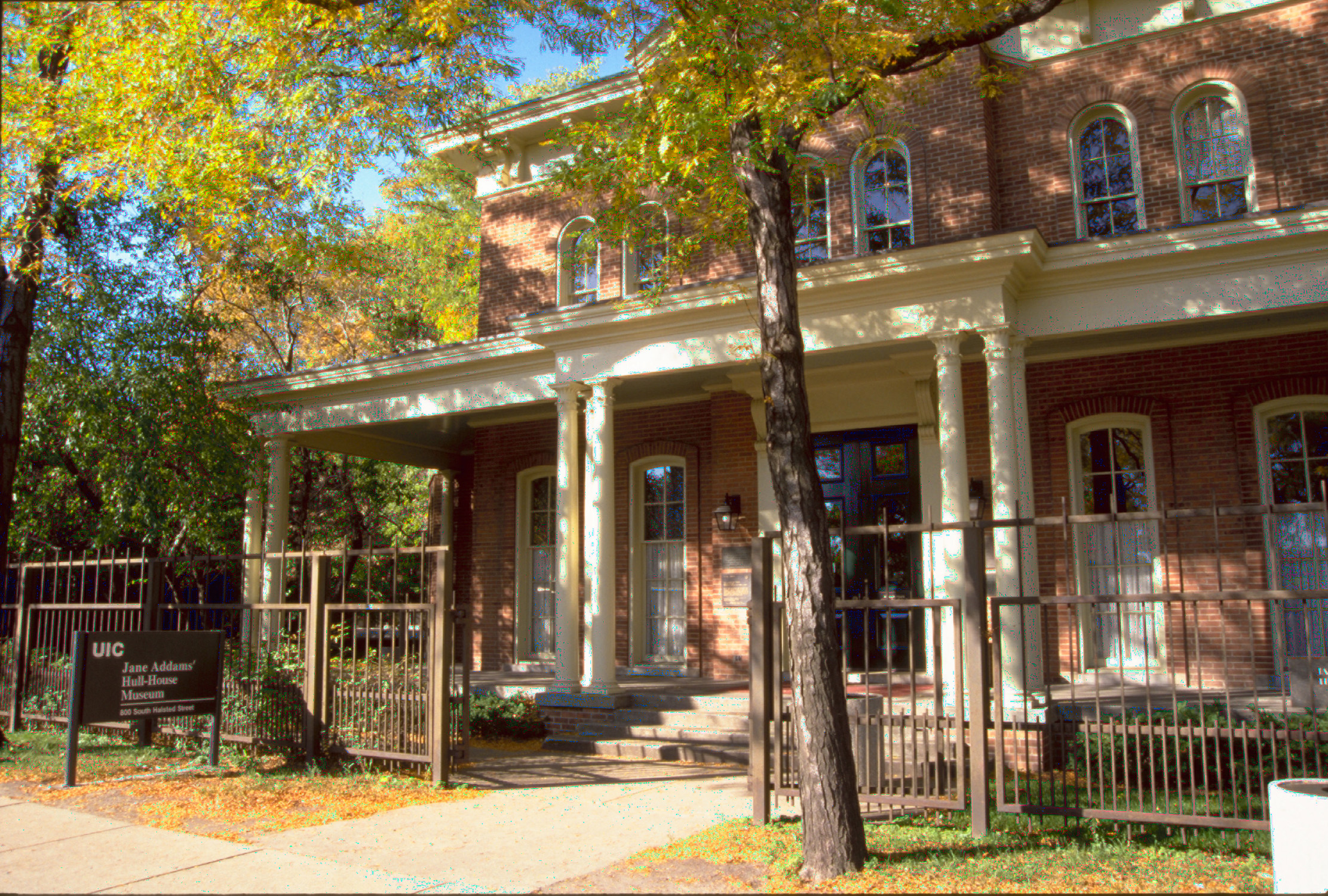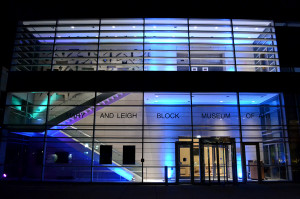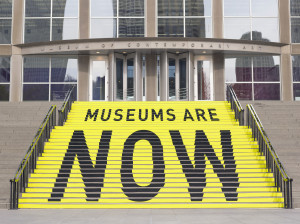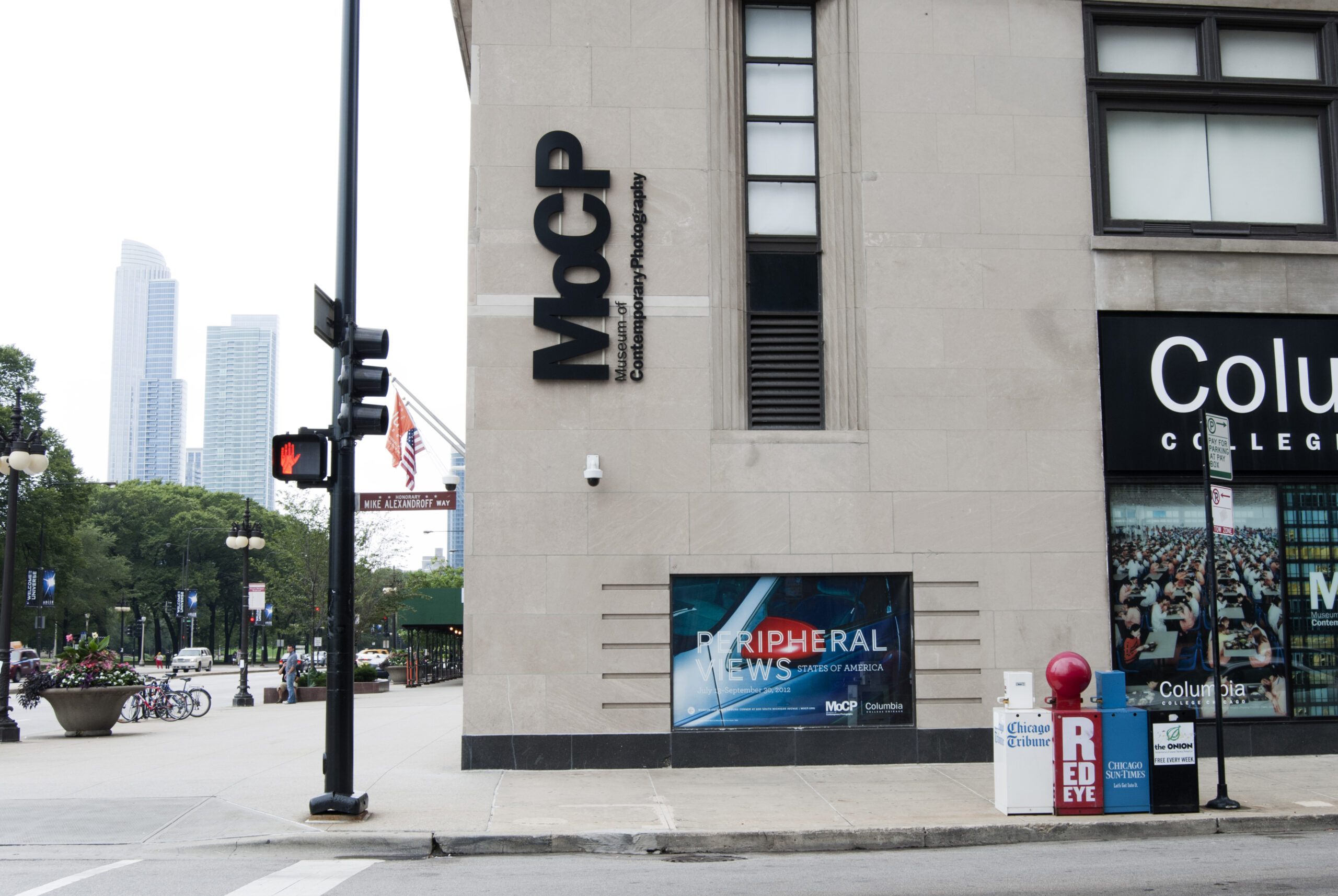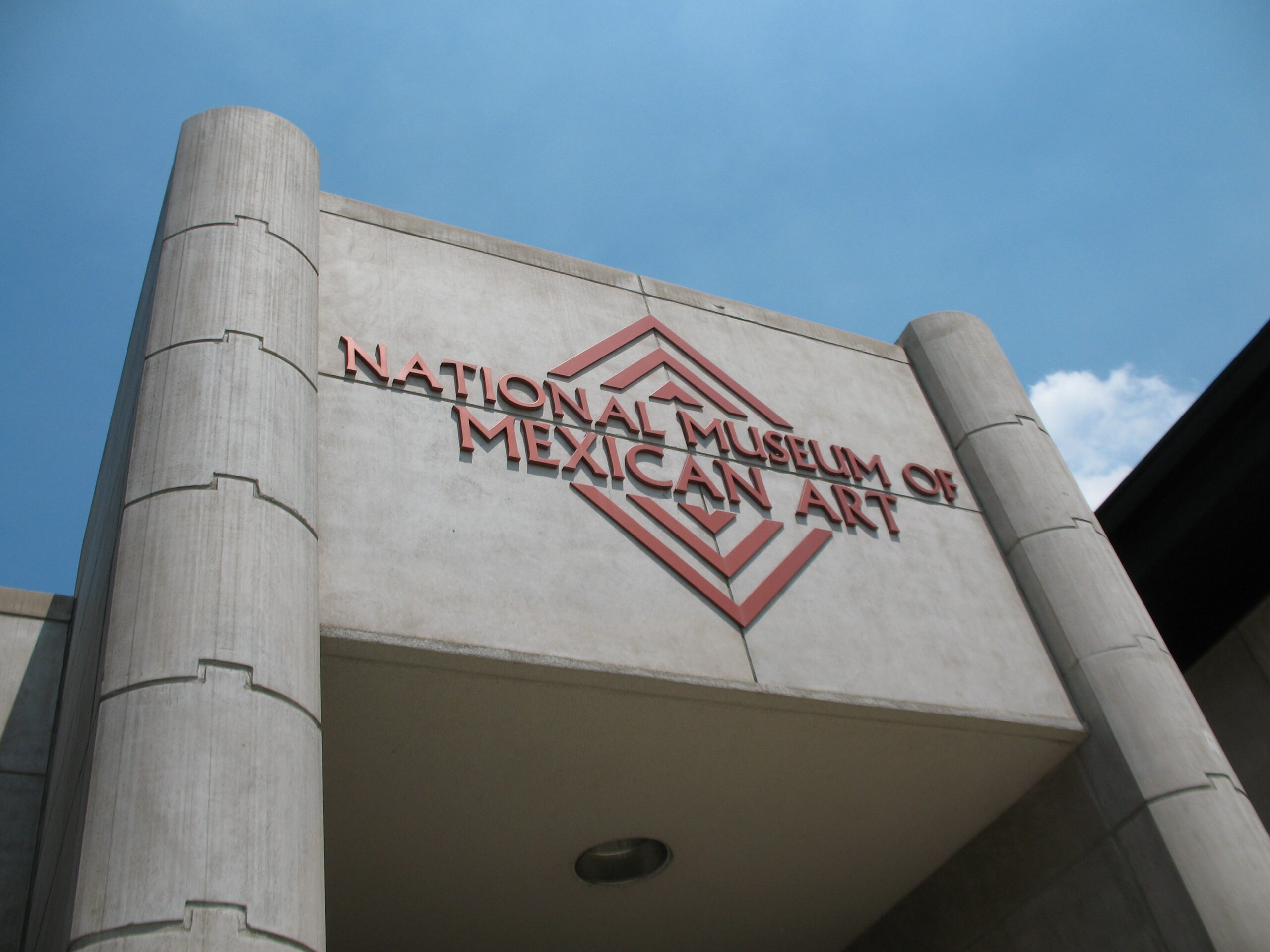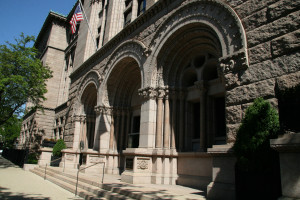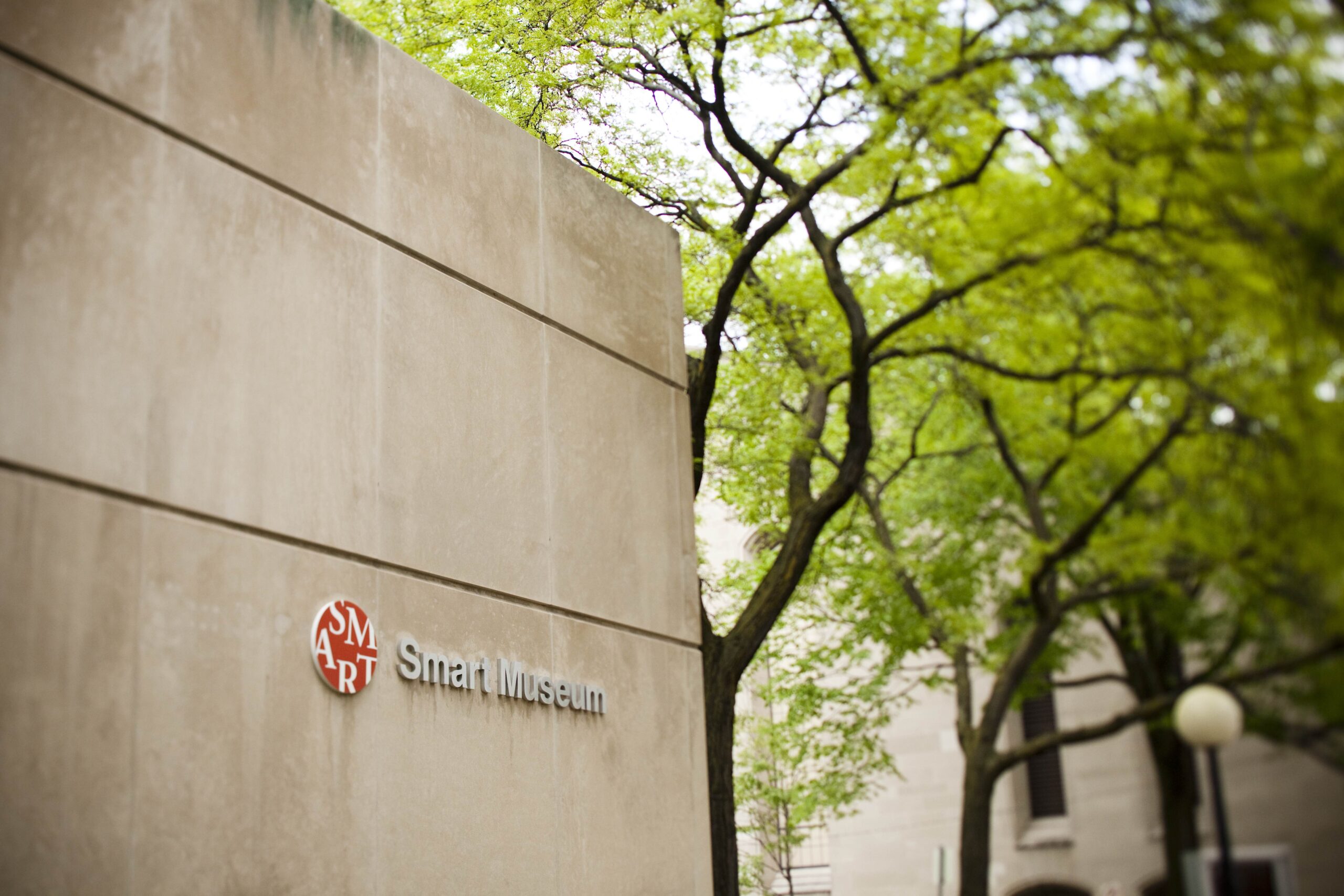111 South Michigan Avenue, Chicago, IL 60603
Participating Staff
- Sarah Alvarez
- Melissa Covington Tanner
- Karin Jacobson
- Glennda Jensen Parker
- Robin Schnur
- Georgina Valverde
American Sources: Using Visual Art in the Humanities Curriculum
This yearlong teacher professional development program engaged a cohort of 25-30 middle school and high school teachers of English, American studies, and social studies from Chicago public and suburban schools in 2013. The program focused on using works of American art as primary documents in order to address critical student skills, including analytical thinking, inquiry, research, and visual literacy. American Sources is an ongoing program at the Art Institute of Chicago, engaging a new group of teachers each year.
Key learning objectives
Teacher learning objectives:
- Increase knowledge of American art history.
- Increase familiarity with various approaches to research and primary source analysis.
- Develop curriculum projects that are guided by essential questions and include primary and secondary source packets (featuring art from the Art Institute of Chicago or the Terra Foundation for American Art collections).
- Expand teacher ability to guide inquiry-based dialogue about works of art.
CCSS connections
- CCSS.ELA-Literacy.CCRA.R.1 Read closely to determine what the text says explicitly and to make logical inferences from it; cite specific textual evidence when writing or speaking to support conclusions drawn from the text.
http://www.corestandards.org/ELA-Literacy/CCRA/R/1/
- CCSS.ELA-Literacy.CCRA.R.7 Integrate and evaluate content presented in diverse media and formats, including visually and quantitatively, as well as in words.
http://www.corestandards.org/ELA-Literacy/CCRA/R/7/
- CCSS.ELA-LITERACY.CCRA.R.8 Delineate and evaluate the argument and specific claims in a text, including the validity of the reasoning as well as the relevance and sufficiency of the evidence.
http://www.corestandards.org/ELA-Literacy/CCRA/R/8/
- CCSS.ELA-LITERACY.CCRA.R.9 Analyze how two or more texts address similar themes or topics in order to build knowledge or to compare the approaches the authors take.
http://www.corestandards.org/ELA-Literacy/CCRA/R/9/
How the program addresses the standards:
The Common Core State Standards in English Language Arts emphasize strengthening student capacity in close reading, analysis, and comparison of multiple and complex informational text types (including visuals); conducting research; and building arguments. The American Sources program focuses on helping teachers build inquiry- and research-based curriculum that engage students in critical analysis and comparison of different types of primary sources—visual, textual, and graphic. Through this instruction, students learn how to synthesize research and employ analytical findings to build arguments. Not only does such an approach align to best practices in teaching with primary documents and to the Common Core reading and writing standards, it also corresponds to the essential work of professional historians and art historians who seek deep understandings of human culture.
What we learned
We have observed the following trends in American Sources teachers’ learning:
- Teachers’ knowledge of American art history has expanded.
- Teachers see parallels between studying art and studying literature and/or history.
- Teachers place increased value on and have improved facility with using works of art in the classroom.
- Teachers have increased understanding of what constitutes a primary document.
- Teachers have changed their approach to curriculum development.
- Teachers are using inquiry-based instructional strategies in the classroom.
- Teachers are using multiple primary sources to promote student inquiry.
- Teachers recognize how much they can still learn.
- Teachers recognize how this work can impact colleagues.
Quotes from participants
- “Now I look at American art as being a reflection, commentary, remark on historical events and that they enrich the study of literature and social studies in profound ways.”
- “I have a much more valid way to incorporate art in the non-art classroom. I used to use it to “dimensionalize” the student experience, but now I know how to use it more as a substantial core “text.””
- “I’ve become extremely observant and questioning in my approach. I’ve also begun to use more art in the classroom. It’s amazing what I can use now that I know what to look for. I love everything about the experience.”
- “I have a deeper appreciation of primary sources. I thought that they were only text.”
- “I am trying harder to combine a number of different pieces of “text” in a unit and even in a lesson to add depth and different perspectives to social studies.”
- “I am enjoying creating a more inquiry-based process for my students, which is a change from the frontloading structure I relied on solely before.”
- “I am starting to teach in a whole new way while at the same time deepening my own intellectual capacity.”
- “Using two points of view for an argument has helped my kids think.”
- “I feel more capable of pulling different resources to make learning for my students more meaningful, fun, and challenging.”

